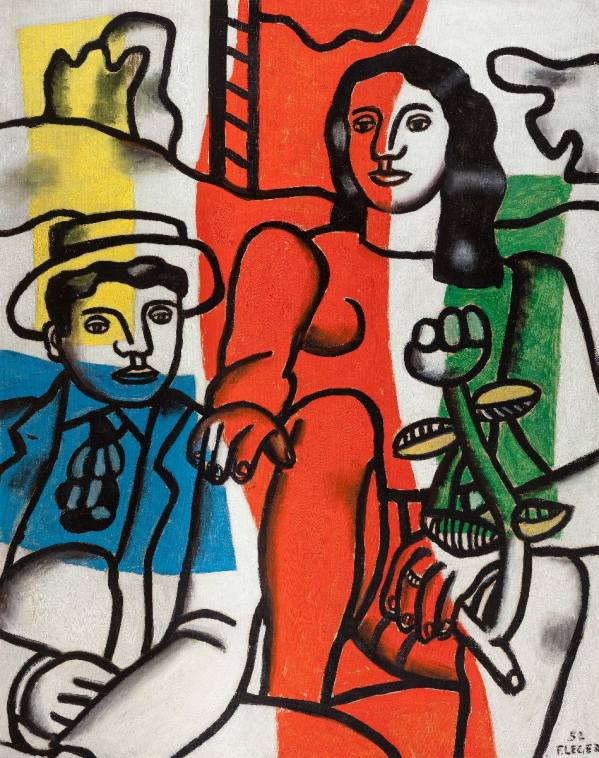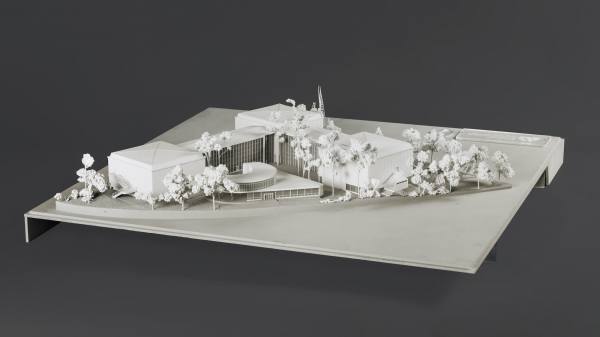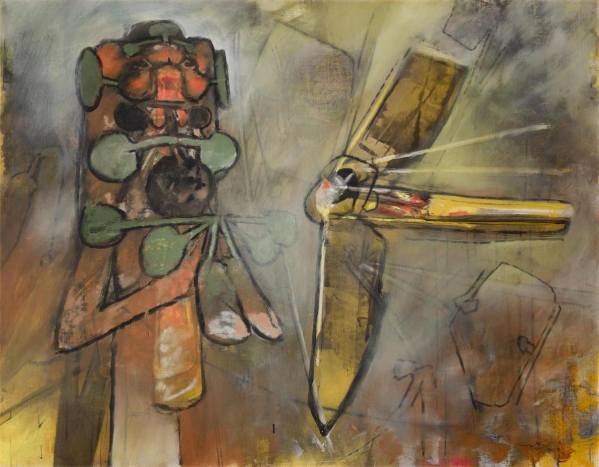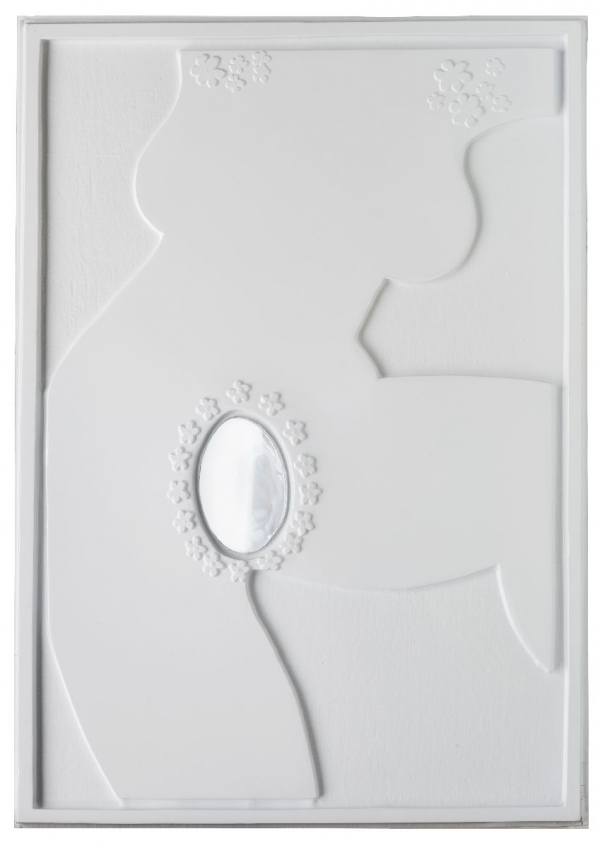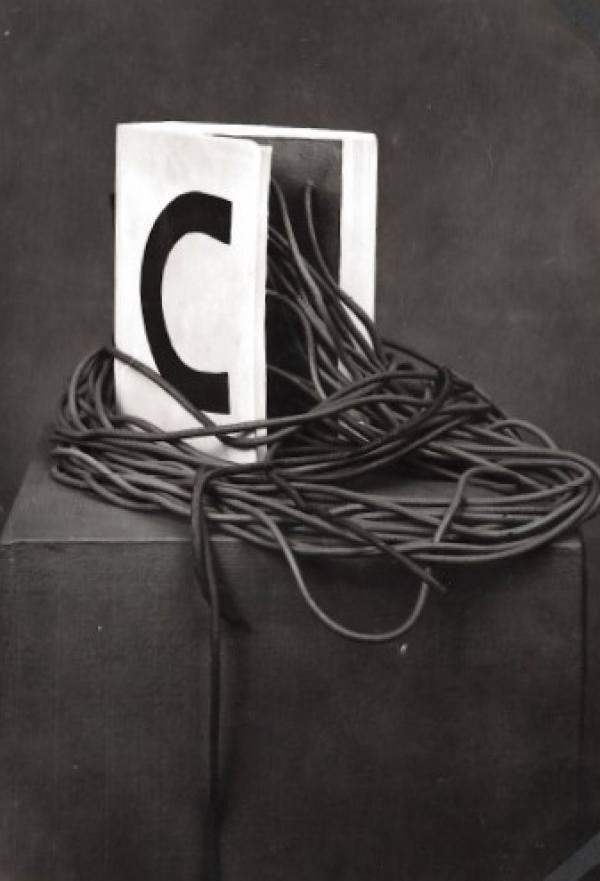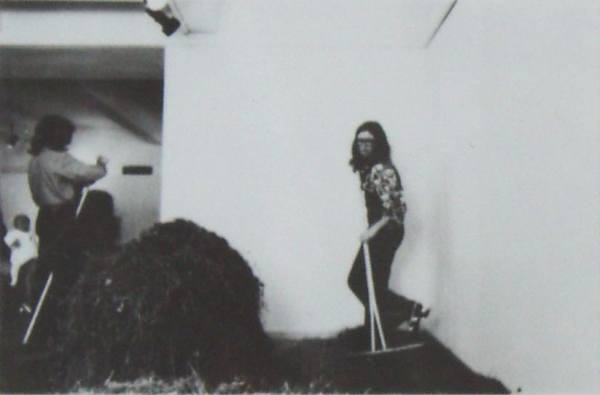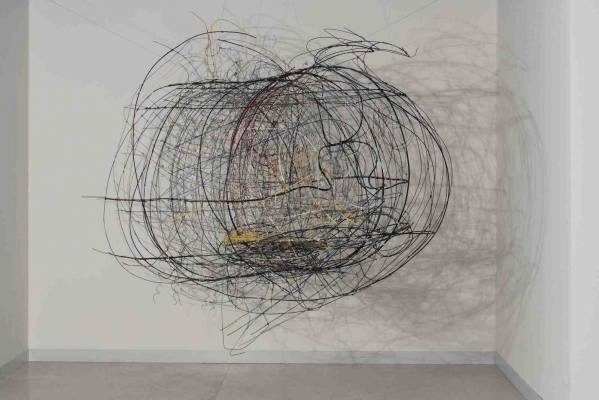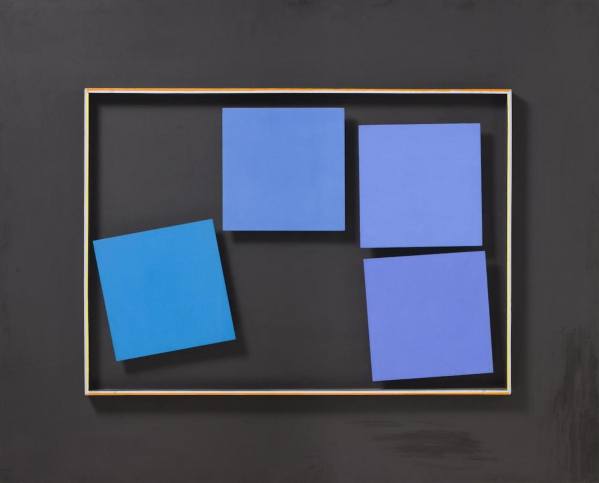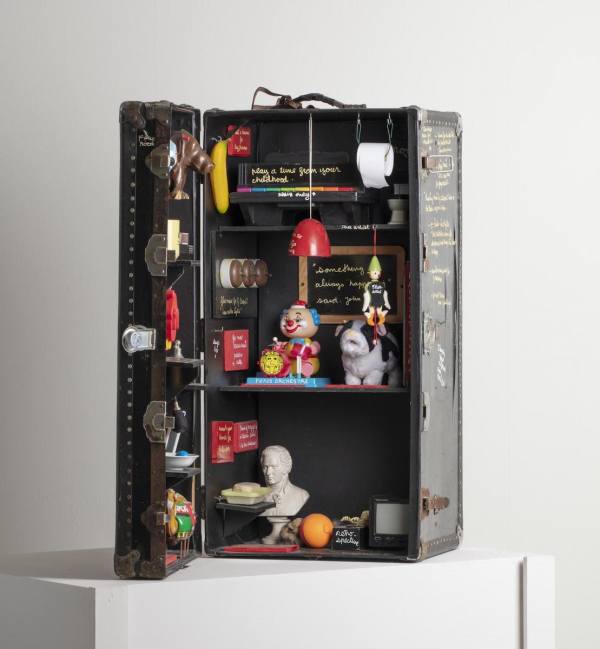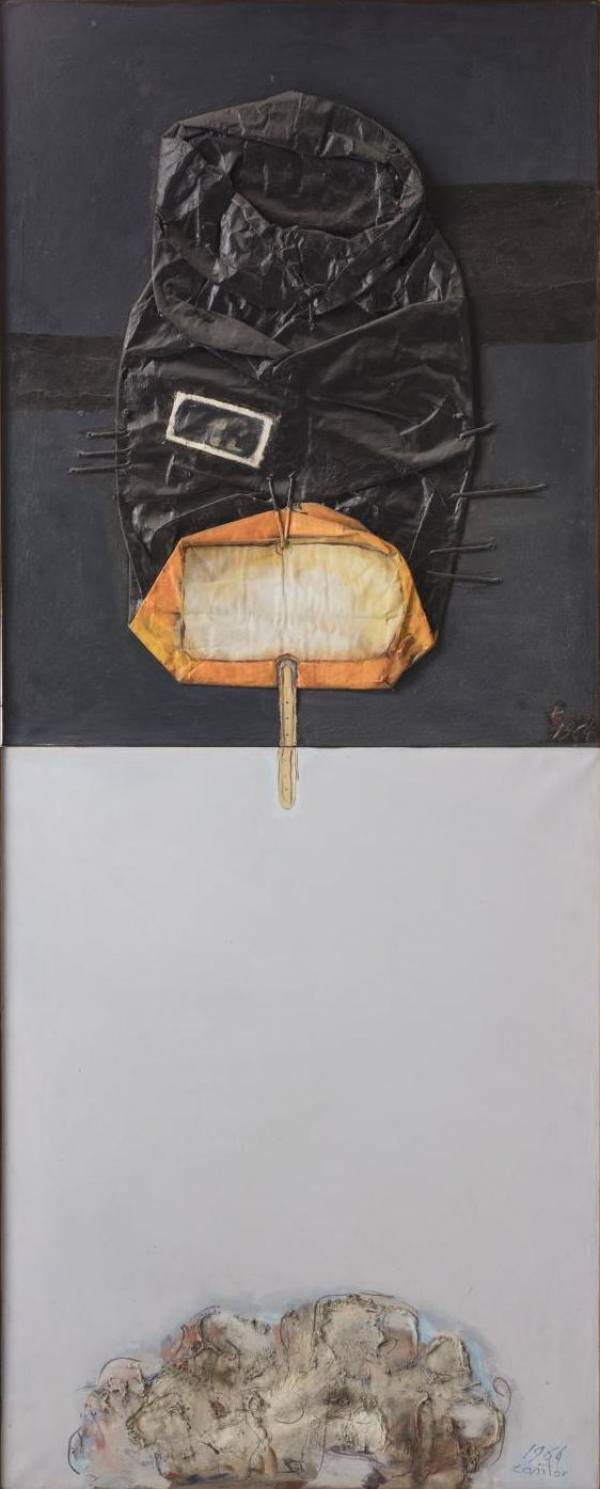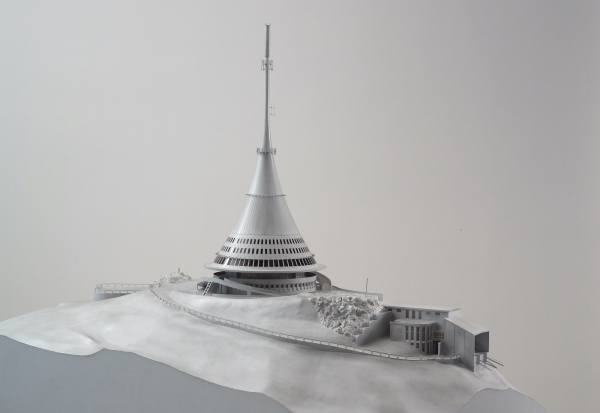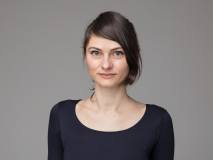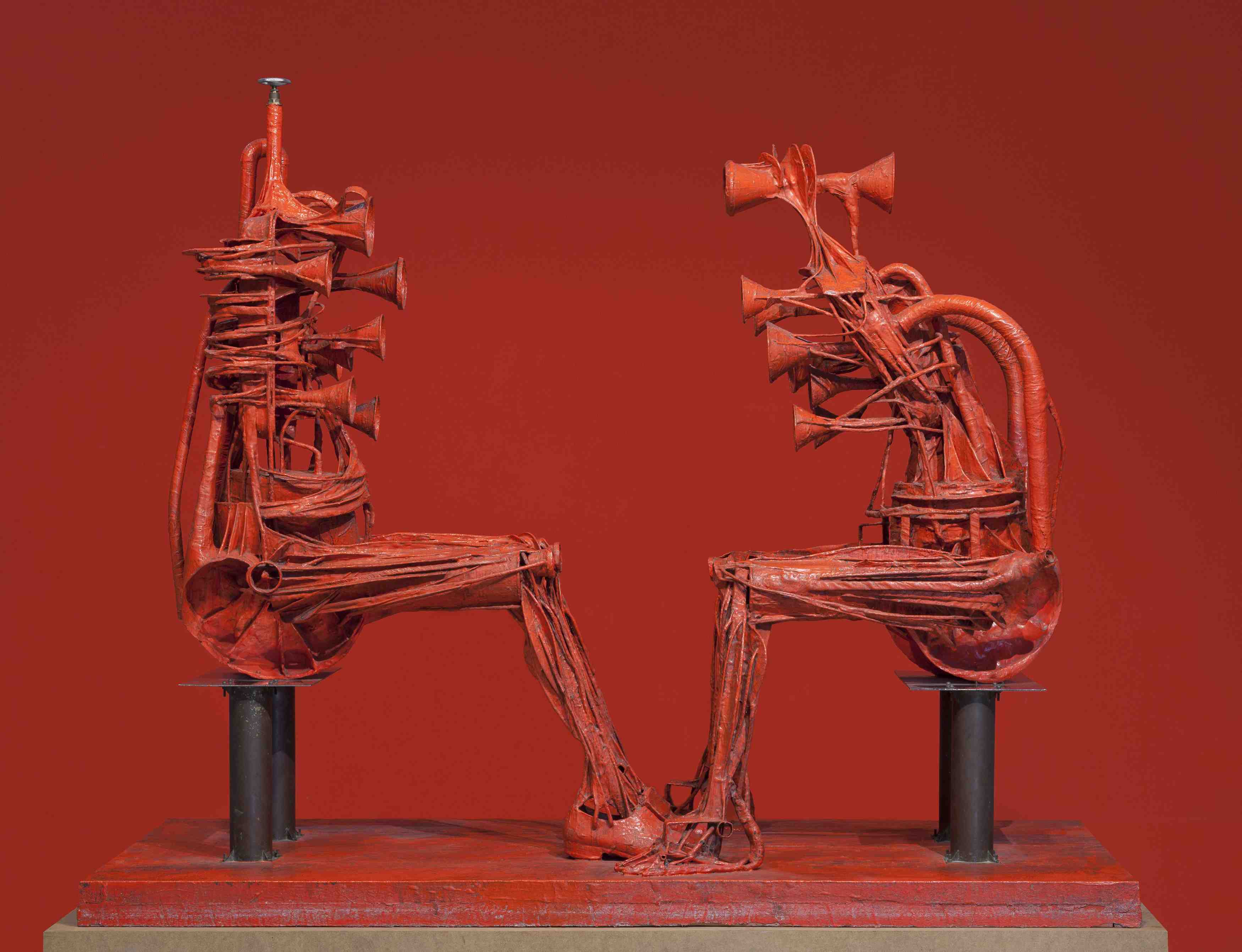
The The Collection of Art after 1945 was established in 2018, after its separation from the Collection of Modern Art of the 20th Century. It begins with the period defined by the experience of the Second World War and deals with art emerging from avant-garde approaches and socio-political as well as technological changes. The scope of the Collection reflects the transformative past decades and their influence on cultural legacy, which has been shaped by institutionalised as well as independent artistic production. No less formative have been the internal acquisition mechanisms within the National Gallery Prague.
The core of the Collection is formed by Czech artists, often represented by large sets numbering dozens of works. It represents a diversity of movements in Czech art history: confrontations between surrealism and realism – and by extension socialist realism, new figuration, lyrical abstraction and constructivist tendencies; as well as action art, conceptualism and postmodernism, and multimedia art, including video art, performance and installation. These are complemented by the works of artists from neighbouring Central Europe, mainly from Slovakia and the Polish art scene. The Collection also incorporates works from Croatia and Slovenia, as well as important Italian names, and artists from Britain, France, Spain, Sweden, Hungary, Japan, India, the United States, Mexico and Ecuador, among others.
Many works have entered the Collection via exhibitions, illustrating the variety of local and international art that has been displayed as part of the Gallery’s exhibitions programme. Simultaneously, artworks from the Collection have been presented at exhibitions in other countries, sometimes organised in collaboration with the National Gallery Prague. Exhibition projects undertaken since the founding of the new department include Alberto Giacometti (in collaboration with the Fondation Giacometti, Paris, 2019), Young Scene Challenge (as part of Salm Modern #1: Dimensions of Dialogue, co-curated with the Staatliche Kunstsammlungen Dresden, 2019), Milan Grygar (2019), 1989 (2019) and Interview 89 (2019), on the occasion of the 30th anniversary of the Velvet Revolution, Kurt Gebauer (2020) and Mikuláš Medek: Naked in the Thorns (2020).
Furthermore, the Collection of Modern and Contemporary Art comprises the Architecture Collection. Founded as early as 1986, its inventory of over 20,000 items ranks it among the largest collections of the National Gallery Prague. The collection focuses mostly on Czech post-1945 architecture but it also houses several interwar designs, as well as 19th century works, and important documents relating to the construction and reconstruction of the Trade Fair Palace. The collection is divided into a section of plans, another for drawings, photography and negatives, models, and an independent section for prints with architectonic themes.
Over the course of its existence, the Collection of Architecture has prepared many exhibitions, including projects abroad: Czech and Slovak Neo-Functionalist Architecture (in cooperation with the Slovak National Gallery, held in Venice, 1991); Prague 1881–1941 (in cooperation with the National Technical Museum and the Museum of Decorative Arts in Prague, held in Edinburgh, 1994); Logic, Order, Structure (Venice, 1996); and Natural Architecture (Venice, 2010). The National Gallery Prague has hosted the exhibitions Prague in Bohumír Kozák’s Drawings (1992), Josef Schulz (1992), Sorela: Czech Architecture of the 1950s (1994), Josef Havlíček (in cooperation with the Architects’ and Designers’ Bloc, 1999), The Baťa Phenomenon (in cooperation with the Regional Gallery of Fine Arts in Zlín, 2009), Karel Prager (2013), The Story of the Trade Fair Palace (2014), Dreams and Reality: 30 Years of the Architecture Collection of the National Gallery Prague (2016) and NO DEMOLITIONS! Forms of Brutalism in Prague (2020).
